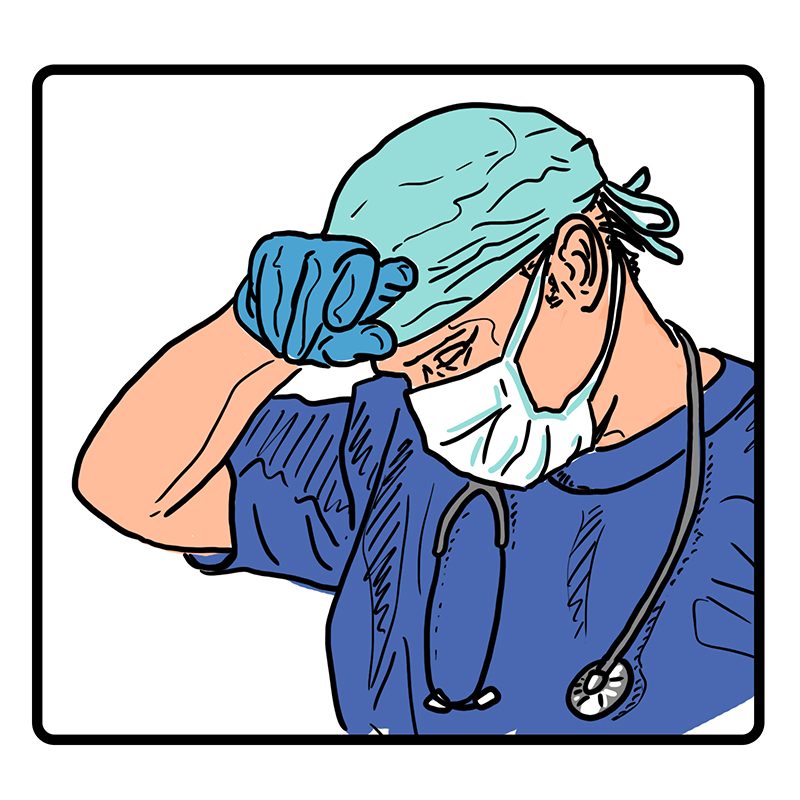Abstract
This data set contains 32, 001 elective general surgical patients. Age, gender, race, BMI, several comorbidities, several surgical risk indices, the surgical timing predictors (hour, day of week, month,moon phase) and the outcomes (30-day mortality and in-hosptial complication) are provided. The dataset is cleaned and complete (no missing data except for BMI). There are no outliers or data problems. These are data from a study by Sessier et al. “Operation Timing and 30-Day Mortality After Elective General Surgery”. Anesth Analg 2011; 113: 1423-8
| Study Design | Topic | Statistical Method | Statistical Method | Statistical Method |
|---|---|---|---|---|
| Retrospective Cohort | Surgical Mortality | Contingency Tables | Logistic Regression | – |
Contributor
The Surgery Timing dataset was contributed by Dr. Amy Nowacki, Associate Professor, Cleveland Clinic. Please refer to this resource as: Amy S. Nowacki, “Surgery Timing Dataset”, TSHS Resources Portal (2016). Available at https://www.causeweb.org/tshs/surgery-timing/.
Background
It is well established that inadequate sleep, whether from prolonged duty or circadian rhythm disturbances, degrades performance. Because there is no reason to assume that hospital personnel are immune to the performance degrading effects of sleep deprivation, resident work hours are increasingly being restricted to reduce fatigue and the potential for related errors. Even excluding the obvious sleep deprivation associated with overnight work, hospital personnel are likely to become progressively fatigued and work less effectively during the course of a normal workday. Anesthesiologists may be at particular risk because prolonged monitoring is especially impaired by fatigue. It is similarly likely that hospital personnel become progressively fatigued as the normal workweek progresses from Monday to Friday. An additional time-related factor that might influence clinician performance is that most new residents enter teaching hospitals in July and August, and the responsibilities of existing residents often precipitously increase at the same time. Long learning curves associated with anesthesia and surgical procedures may increase risks in the operating rooms during these months and therefore worsen patient outcomes.
Objective
This study tested the hypotheses that the risk of 30-day mortality associated with elective general surgery: 1) increases from morning to evening throughout the routine workday; 2) increases from Monday to Friday through the workweek; and 3) is more frequent in July and August than during other months of the year. As a presumed negative control, the investigators also evaluated mortality as a function of the phase of the moon. Secondarily, they evaluated these hypotheses as they pertain to a composite in-hospital morbidity endpoint.
Subjects & Variables
| Subject | # Obs | # Var | Introduction | Data Dictionary |
|---|---|---|---|---|
| Surgery Timing | 32001 | 25 | Surgery Timing Introduction | Surgery Timing Data Dictionary |
Data Downloads
| Posting Date | Contributor (email) |
|---|---|
| 07/30/16 | Amy Nowacki (nowacka@ccf.org) |
| R | SAS | STATA | SPSS | Minitab | Excel |
|---|---|---|---|---|---|
| Surgery Timing-R | Surgery Timing-SAS | Surgery Timing-Stata | Surgery Timing-SPSS | Surgery Timing-Minitab | Surgery Timing-Excel |
Teaching Resources
last updated on 7/30/2016
| # | Name (link) | Posting Date | Author (email) | Type | Statistical Topic | Level | Keywords |
|---|---|---|---|---|---|---|---|
| – | – | – | – | – | – | – | – |

